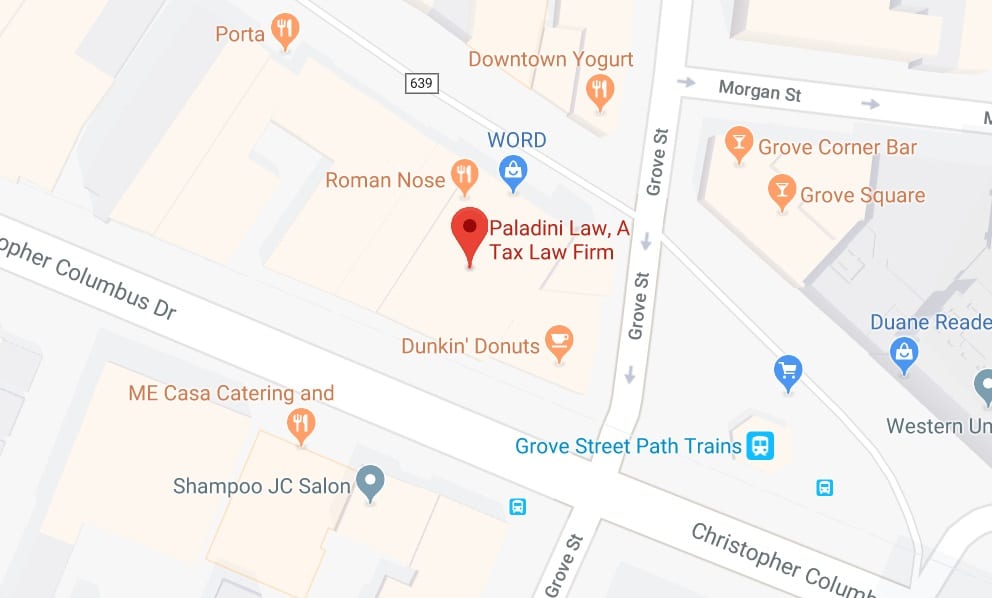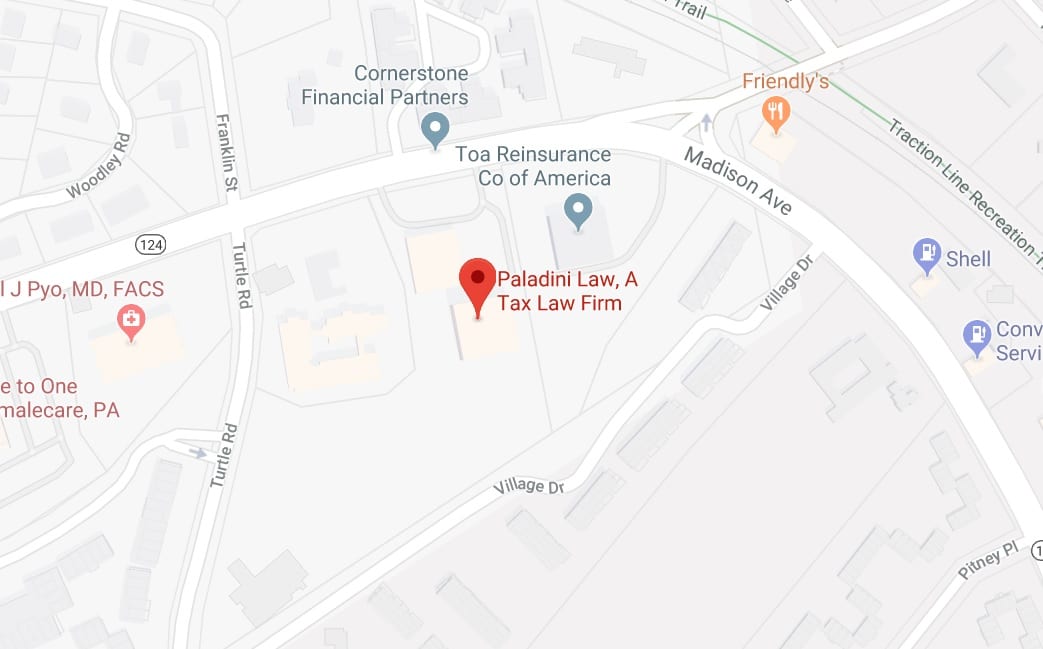Are you struggling with IRS debt, unsure of how to navigate the complex world of tax relief? Don’t let the stress of dealing with the IRS overwhelm you. Regain control of your financial future by learning about your options. This guide will explore the various IRS debt forgiveness forms available and help you better understand which is right for you.
Forms Related to IRS Debt Forgiveness
We have dedicated pages for each type of debt forgiveness form. Here’s a summary with the link to each specific page.
What IRS Tax Resolution Form is Right for You? by Brad PaladiniWhat Are the Options for IRS Debt Forgiveness?
Before completing one of the above forms, you must know which resolution option is best for you. If you’re struggling with back taxes with the IRS, there are basically seven options:
- payment plan or installment agreement
- offer in compromise
- penalty abatement
- innocent spouse
- amended tax return
- bankruptcy
- currently non-collectible status.
Which option is best for you? It’s literally impossible to tell you without an in-depth analysis. There are multiple factors at play, including:
- the amount of debt
- the kind of debt (payroll or income)
- whether you were aware of the debt or if your spouse hit it from you
- when the tax expires (yes, it does expire eventually)
- your income
- your assets
- your age
- your earning potential
The interplay between these criteria will determine which option is best for you. It’s a big pet peeve of ours when tax resolution companies send letters in the mail saying they can settle your debt for $X dollars. Or they promise some result after a 30-minute phone call. It’s literally impossible to know that without knowing all of the above (and more).
If You’re Looking for an IRS Installment Agreement or Payment Plan
If you’re looking for an installment agreement or payment plan, there are three different forms you may need to fill out:
- Form 433-A
- Form 433-B
- Form 433-F
If your case is being handled by Automated Collection Services (“ACS”), you’ll probably need Form 433-F, or you may be able to set up an installment agreement without any form at all. This will depend on the amount you owe, when the debt expires, and how quickly you can repay it.
If an IRS Revenue Officer is handling your case, you’ll need to complete either Form 433-A or Form 433-B. B stands for “business,” which, in this case, means s-corporations, c-corporations, and partnerships. If you have a Schedule C business, a section on Form 433-A will encompass this.
If You’re Looking to Settle Your Tax Debt for Less Than What’s Owed
Despite what you may see on TV or radio ads, there’s only one way to settle your IRS tax debt truly—and that’s through the offer in compromise. If you’re an individual looking to settle your tax debt (or have a Sch. C business), you’ll need to complete Form 433-A (OIC). If you’re organized as a different type of business, you’ll need a Form 433-B (OIC). If you’re completing either of these Forms, you’ll also need a Form 656.
If you don’t believe you owe the tax, you may instead complete Form 656-L.
If You’re Seeking Relief from Penalties
If you want the IRS to consider removing penalties that have been tacked on to a tax liability, you’ll need to complete Form 843.
If You Beleive Your Spouse Should be Liable Only
If you believe your spouse should be liable for the taxes owed and not you, you’ll need to complete Form 8857.
Seeking Professional Help for IRS Debt Forgiveness

While dealing with IRS debt forgiveness independently is feasible, getting help from a tax professional can significantly boost your chances of success. From expert guidance in understanding complicated tax principles to assisting in assembling the necessary documentation, a tax professional can be invaluable in your journey toward financial relief.
Advantages of Hiring a Tax Professional
One of the main benefits of hiring a tax professional is the increased probability of getting approved for IRS debt forgiveness programs.
In addition to improving your chances of approval, a tax professional can provide much-needed expert guidance on intricate tax concepts, helping you confidently navigate the complex world of IRS debt forgiveness. Some ways a tax professional can assist you include:
Finding the Right Tax Professional
So, how do you identify the most suitable tax professional to assist you with IRS debt forgiveness? Start by researching their credentials, experience, and client reviews.
Don’t be afraid to ask questions and compare different tax professionals to find the one that best suits your needs. Look for professionals who specialize in IRS debt forgiveness and have a strong track record of success in helping taxpayers resolve their tax debts. With the right professional by your side, you’ll be well on your way to financial relief and a fresh start.
Summary
Navigating the world of IRS debt forgiveness can be overwhelming, but with the right knowledge and professional support, you can regain control over your financial future. By understanding the key debt forgiveness programs and their respective forms, filing your taxes on time, and seeking professional help, you’ll be well-equipped to tackle your tax debt head-on.
Don’t let IRS debt hold you back any longer. Take the first step towards financial relief by exploring your options and finding the right tax professional to guide you on your journey to a debt-free life.



